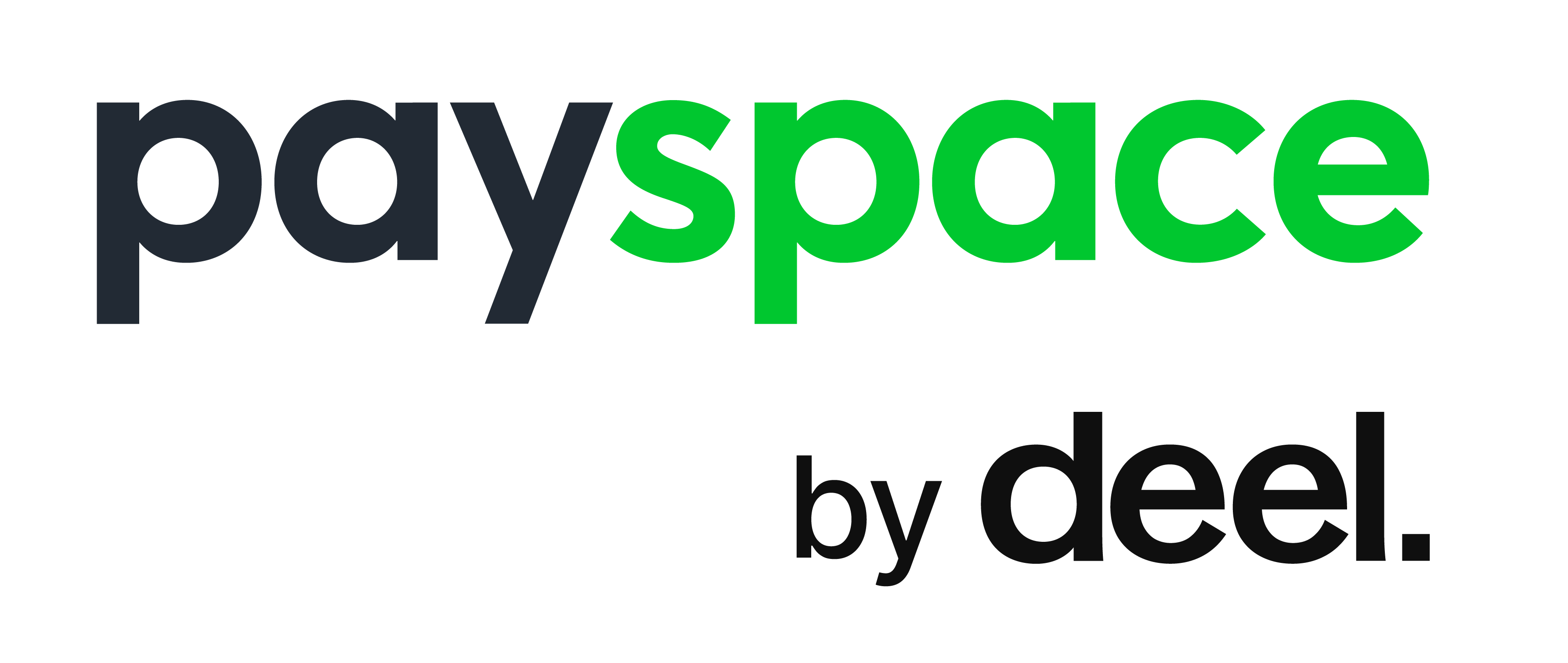Are you tired of wrestling with complicated payroll software? Many businesses find themselves bogged down by the complexities of customisation. But fear not! In this article, we explore why a well-configured payroll system might just be the solution you’ve been looking for.
- Faster Implementation: Extensive customisation can be time-consuming. Pre-configured systems offer a robust set of features that cater to most business needs. This allows for a quicker setup process with minimal involvement from your IT team.
- Reduced Errors: Heavily customised systems are more prone to errors and inconsistencies. Pre-configured settings in ensures a standardised and accurate payroll process, minimising the risk of mistakes.
- Simplified Compliance: Keeping up with ever-changing payroll regulations can be overwhelming. Your software provider should stay updated on the latest rules and automatically applies them to your system, guaranteeing compliance.
- Focus on Your Core Business: An intuitive interface allows for easy configuration without requiring extensive technical expertise. This frees up your valuable time to focus on running and growing your business.
- Scalability for Growth: As your business expands, your payroll needs will evolve. A configurable system, allows you to adapt the settings to your changing requirements, ensuring a smooth transition.
Key functionalities of a well-configured Payroll System:
- Core Function Configuration: Easily define pay cycles, tax withholdings, and leave policies within the system.
- Multi-national capabilities: Configure the system to handle payroll for employees in different countries, including managing various tax regulations, currency conversions, and statutory contributions.
- Approval levels: Establish approval workflows for payroll processing. For example, managers can be required to approve overtime hours before they are included in employee earnings. This ensures proper oversight and reduces the risk of errors.
- Automated Tasks: Automate repetitive tasks like calculations, payslip generation, and approval workflows.
- Integration Capabilities: Seamlessly connect your payroll system with existing accounting software, such as Xero, QuickBooks etc. or HR platforms for a unified workflow. You can also integrate your system with popular accounting software like Sage Accounting to streamline the process of recording financial transactions directly into your general ledger.
- Real-time Reporting: Gain valuable insights into your workforce with comprehensive reports generated by the system. These reports can be:
- Standard: Pre-configured reports provide essential information on key metrics like total payroll costs, employee pay details, and tax liabilities. These reports are readily available and offer a quick snapshot of your payroll data.
- Customisable: Many systems allow you to tailor reports to your specific needs. You can define custom filters, drill down into specific data points, and generate reports that answer your unique business questions. For example, you might create a report to analyse trends in overtime spending or identify departments with high turnover rates. By offering both standard and customisable reporting options, a well-configured payroll system empowers you to make data-driven decisions and gain a deeper understanding of your workforce costs.
Choosing the Right Payroll Solution:
By considering the advantages of a pre-configured system, you can make an informed decision when selecting a payroll solution for your business.
Remember: A user-friendly and configurable system can streamline your payroll processes, reduce errors, and free up your time to focus on what matters most – your business success.
Get in touch with us to explore how our pre-configured payroll solutions can transform your business operations for the better.

